#dog barking
Explore tagged Tumblr posts
Text

have you lived or not
#i have a feeling tumblr is going to obliterate the image quality on this oops#artists on tumblr#my art#digital art#illustration#illustrators on tumblr#digital illustration#doberman#gif art#animated gif#dog barking#small artist
93 notes
·
View notes
Text


Henry's little "yap yap yap"
#dog#cute dog#my post#dog bather#dog groomer#dog grooming#dog bark#dog barking#dog noises#my video#video
118 notes
·
View notes
Text
some of you are the kinds of people who would call the police on a dog barking
5 notes
·
View notes
Text

#love for animals#animal blog#doglover#dog blog#compassion#thirsty dog#dog barking#bottled water#be kind to animals#puppies#service dogs#rescues#pet dogs#be caring#love
36 notes
·
View notes
Text

We didnt post anything for tdov so heres something for lesbian week. Girls who pose the same in every picture we take.
9 notes
·
View notes
Text
How Curb Bad Dog Behaviors

Despite our best efforts, dogs can exhibit plenty of unwanted behaviors, from jumping on people to countersurfing for food. Any dog, whether they’re puppies or adults, may develop bad habits. Your dog wants to understand what you want them to do. It will take time and patience to make your goals clear and guide them away from bad dog behavior. Here are some strategies to help you curb unwanted behaviors.
Strategies for Success
Training Is Key
Teaching your dog to sit, come, or lie down may not seem related to behavioral problems, but it is. Positive reward-based training teaches your dog that good things happen when they do what you ask, strengthens your bond, and provides mental stimulation that will help tire them out, making them less likely to misbehave. Try introducing a new command each week and continue to practice the old ones. A great way to get started is by consulting a qualified dog trainer.

Exercise Helps Release Energy
A tired dog is a good dog. If you’re gone 12 hours a day, and your dog’s walk consists of a quick dash into the backyard, your dog might not be getting enough exercise. They may channel extra energy into bad behavior for dogs, like chewing shoes or dragging you on the leash.
Puppies generally have more energy than adult dogs and require more exercise. Also, your dog’s breed influences the level of physical activity they need. If you have questions about how much exercise your dog needs, talk to your vet.
Prevent Them From Learning Bad Behaviors
It’s important to puppy-proof your house. This includes putting away shoes and toys and picking houseplants up off the floor. Supervise the puppy, even in your fenced-in yard, so they don’t even start to engage in bad dog behavior. It’s easier to prevent them from learning bad habits than it is to correct bad dog behavior.
Reward Desired Behaviors
If your dog is lying quietly instead of jumping or barking, praise and pet them. If your dog walks on a leash beside you, tell them what a good dog they are. If you tell your dog what you want them to do instead of what you don’t want them to do, they’ll understand better (for example, saying “sit” rather than “don’t jump,” or “heel” rather than “don’t pull”).
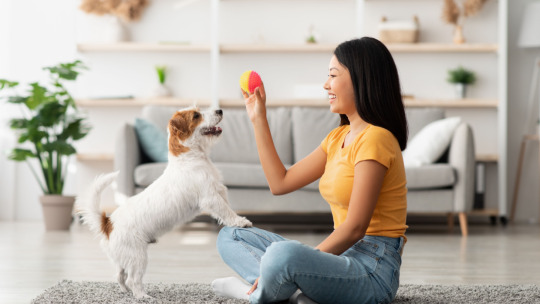
Consistency Makes a Difference
It’s a good idea to have everyone follow the same rules when it comes to setting standards for dog behavior. If you don’t feed the dog from the table but someone else slips them treats, the dog will learn to beg at the table. If you ignore your dog when they jump on you but others pet them when they do, they’ll continue jumping on people.
Tips to Deal With Bad Dog Behavior
Jumping
First, greet your dog calmly, so you’re not getting them overly excited. If they try to jump on you, stand like a statue or turn your back. Since dogs jump up to get attention, refusing to give them attention is the best way to discourage jumping.
If you’ve taught your dog to sit, ask for them to perform that behavior, since a sitting dog can’t jump. Once they’re calmly sitting, get down on your dog’s level and give him the attention they want. Eventually, the dog should sit without being asked.
To prevent them from jumping on visitors, try putting your dog in their crate or keep them on leash until they calm down. You can block off access to others with a dog gate or guide your dog to go somewhere else with a “place” command.

Chewing
Chewing is a necessary and normal behavior for dogs, especially when they’re teething. The most effective way to save your possessions from destruction is to keep them out of your dog’s reach. Instead, offer your dog edible chews or chew toys that are appropriate for their age and size.
Make sure to give your dog plenty of exercise and provide them with lots of mental stimulation. Also, teach them the “leave it” command in case they somehow get hold of something they shouldn’t have.
Countersurfing
Once rewarded, countersurfing may take a long time to stop. Try to avoid feeding your dog scraps from the counter when you’re preparing food or cleaning up.
When you’re preparing food, you can put your dog in their crate. You can also teach them to stay in one spot (away from the food) with the “place” command. Another helpful command is “leave it,” in case the dog does grab a bite of food.
Pulling on the Leash
When you’re out for a walk, try not to pull your dog, since they’ll instinctively pull right back. Instead, reinforce walking nicely on the leash by providing praise, marking the good behavior with a dog training clicker, or offering a dog treat.
If your dog pulls on the leash, you can stop walking. You can also redirect by quickly reversing and calling them back to your side. Try to be consistent in your behaviors, not letting your dog pull you (and making sure anyone else walking them won’t let them pull).
At first, try practicing in a place where there aren’t many distractions. It’s important that your dog learns to pay attention to you, no matter how exciting the environment is.

Barking
Barking can quickly become a nuisance. So how do you stop a bad dog behavior like excessive barking? Teach a “quiet” or “enough” command. Then, as soon as your dog starts to bark, you calmly say that command.
Eventually, your dog should stop barking and come to you, and you can praise them or give them a treat. It’s important to stay calm during this process. If you get excited, your dog will likely think there’s something work barking about.
Consider why your dog might be barking. Are they bored? Do they need more exercise? Are they afraid of other dogs and people, meaning they might need more socialization? If there is an underlying cause, you can begin to address it. If you know your dog is barking at you for attention, try to avoid giving them that attention until they quiet down.
#dog behavior#dog training#bad dog behaviors#puppy training#dog chewing#dog walking#dog barking#dog jumping
20 notes
·
View notes
Text

Barking Dog by Keith Haring.
American. 1990.
Sotheby’s Collection.
#keith haring#art#culture#american history#modern history#modern art#sothebys#dog barking#animals in art#animals#painting#art history
3 notes
·
View notes
Text
My second favourite hobby is silently quoting & mocking my dad whenever he’s trying to get the dogs to do something and they’re not listening, because how you gonna tell me “They’re dogs, they don’t speak like us, they don’t understand human talk” while also missing that they don’t understand you when your yapping at them to stop barking at the neighbour dogs? Get off the chair and do something bruv 💀💀💀💀 likee
2 notes
·
View notes
Text
🐾📢 Hey Doggo World! 🐾📢
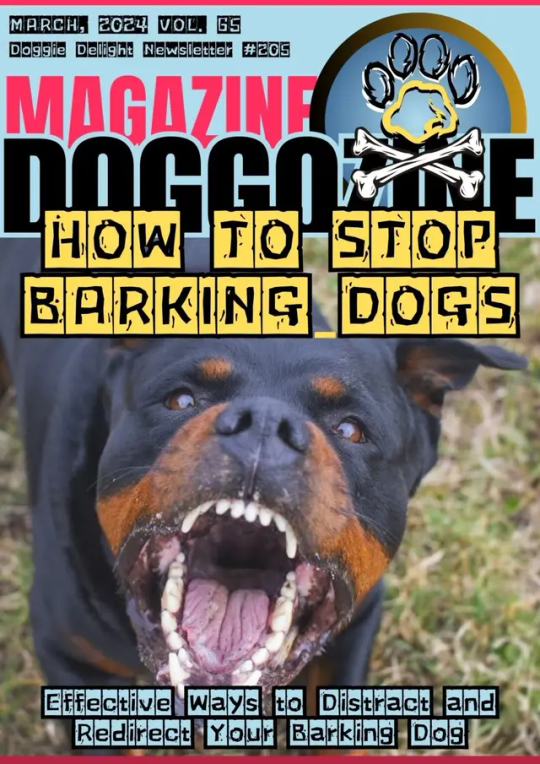
❓ Are you living with a four-legged opera singer who's performing day and night? 🐶🎶 We feel you! That's why we're bringing you the ultimate guide to learn how to stop nonstop barking doggos! Trust us, your ears (and neighbors) will thank you. 🙉🏡
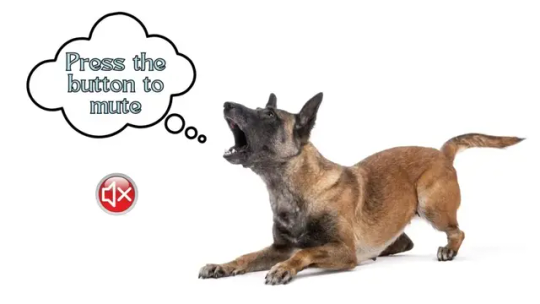
🗣️ We understand that excessive barking can be a headache, literally. But don't fret! 🤝 Jump in our guide at this link ( https://doggozila.com/barking-dogs/ ) 🔗 where you will find expert advice tailored to turn your noisy pooch into a peace-loving pup. 🤫🐕
Ever wondered why your dog sounds like it's trying to communicate with the moon? Or if they ever get tired of their barking marathons? 🌙😴 We've got all the answers! Plus, we'll share tried-and-true tips to help you create a serene environment for both you and your tail-wagger. 🍃🐾

So, fellow pet parents, how do you handle your barking buddies at home? Share your stories and let's exchange some wisdom! 🗣👂
And remember, for more quiet tips and doggy tricks, swing by Doggozila, your friendly neighborhood dog magazine. 📰. Together, we can bring the decibels down! 🔇💕
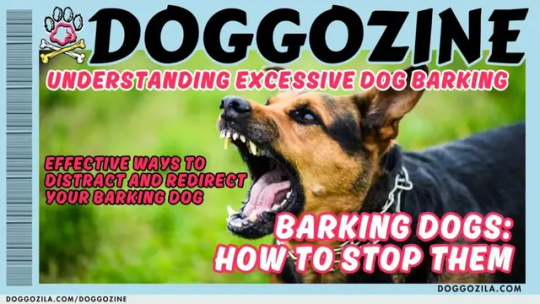
#Doggozila #BarkControl #PeacefulPups #PetParenting #doghealth #trainingcenter #TrainYourDog #PetStore #DogBehavior #barkingdog #barkingdogs #dogbark #dogbarking #doggosdoingameme #doggozine #dailydoggos
#how to stop barking dogs#dog barking#barking dogs#train your dog to stop barking#dogs with jobs#dogslife#dog lovers#dog blogger#dog magazine#funny dogs#dog blogging#dog blog#daily doggos
4 notes
·
View notes
Text


This is TicToc the french bulldog!!!
I am doing his nails in this video and I promise he's perfectly fine - he's not hurt, he's just loud
#dog#my post#cute dog#dog bather#dog grooming#dog groomer#pet grooming#french bulldog#frenchie#bulldog#tictoc#video#dog noises#dog screaming#dog barking
49 notes
·
View notes
Text

This is what people mean when they say dogs have good instincts 🤣🤣🤣
#catholicism#dog instincts#dog barking#he doesn't do it with any other characters#just the prieches etc#that made me laugh so hard#wonder if he'd bark at frollo
4 notes
·
View notes
Text

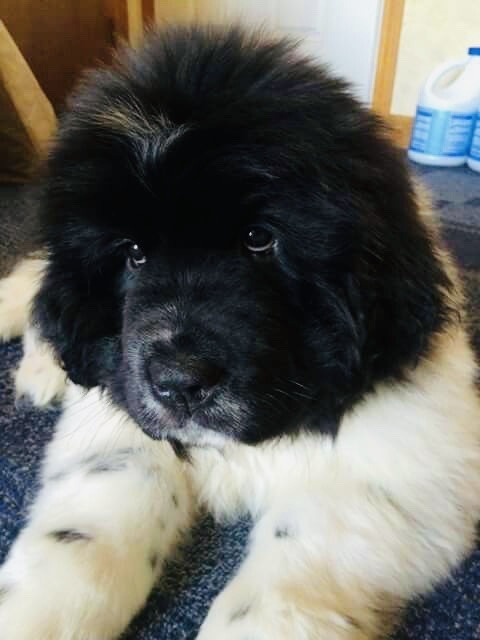



#newfoundland dog#puppy's#doggie toys#animal blog#doglife#dog blog#rescues#horses and dogs#dog barking#blackandwhitedogs#big dogs
8 notes
·
View notes
Text
How to stop a dog barking?
Excessive barking can be a common issue with dogs, but there are several methods you can try to help address and reduce their barking. Here are some approaches you can take:

1. Identify the cause: Understanding why your dog is barking is crucial. Dogs may bark due to boredom, anxiety, fear, territorial instincts, or even medical issues. Observing the circumstances surrounding the barking can help you address the root cause.
2. Remove triggers: If possible, try to remove or minimize the triggers that set off your dog's barking. For example, if your dog barks at people passing by the window, block their access to that area or use curtains to restrict their view.
3. Provide mental and physical stimulation: Dogs often bark out of boredom or excess energy. Make sure your dog receives enough mental and physical exercise every day. Engage them in activities like walks, playtime, and puzzle toys to tire them out and keep them mentally stimulated.
4. Positive reinforcement: Teach your dog the "quiet" command by rewarding them when they stop barking. Use treats or verbal praise immediately after they stop barking to reinforce the desired behavior. Consistency and repetition are key to success.
5. Desensitization and counter-conditioning: If your dog is barking due to fear or anxiety, gradually expose them to the stimuli that trigger their barking. Start with low-intensity exposure and reward calm behavior, gradually increasing the intensity over time.
6. Seek professional help: If your dog's barking persists despite your efforts, consider consulting a professional dog trainer or animal behaviorist. They can assess your specific situation and provide personalized guidance and techniques to address the issue.
Also, muzzles can be used as a temporary management tool for excessive barking. Muzzles are designed to prevent a dog from biting or injuring others, but certain types of muzzles can also limit a dog's ability to bark. However, it's important to note that muzzles should not be used as a long-term solution for addressing barking behavior.
Using a dog muzzle to control barking may be necessary in certain situations, such as when you need to take your dog to a public place or when you're working on behavior modification techniques. However, it's crucial to address the underlying cause of the barking rather than relying solely on a muzzle.
Muzzles should always be used in a humane and comfortable manner. Choose a muzzle that allows your dog to pant and drink water while wearing it. Introduce the muzzle gradually and positively associate it with treats and rewards to ensure your dog feels comfortable wearing it.
While a muzzle can help manage barking temporarily, it's still important to work on training and behavior modification techniques to address the root cause of the barking and find long-term solutions. Consult with a professional dog trainer or behaviorist to develop a comprehensive plan that addresses your dog's barking behavior effectively.
Remember that stopping a dog's barking entirely may not be realistic or necessary. Dogs communicate through barking, and some level of barking is normal. The goal is to manage excessive and unnecessary barking that disrupts the peace or causes distress to you or your neighbors.
#dogs#pets#dogshop#dog training equipment#dog equipment for training#dog muzzle#dog barking#dog bite training
2 notes
·
View notes
Text
girls who just got glasses for the first time after having probably needing them their whole lives is just now realizing text isnt supposed to look as blurry as it did
4 notes
·
View notes
Text
How To Stop Your Dog from Barking

Hey there, fellow dog lovers! 🐾 If you’re reading this, chances are you’re dealing with a barking dog and looking for some effective ways to bring peace and quiet back into your home. As a dog trainer, I’ve seen it all, and I’m here to share my top 10 methods to help you stop your dog from barking. Let’s dive in!
1. Identify the Cause
Before you can effectively stop the barking, you need to understand why your dog is barking. Is it boredom, anxiety, territorial behavior, or something else? Observing your dog’s behavior and triggers will help you address the root cause.
2. Provide Mental and Physical Stimulation
A tired dog is a quiet dog. Make sure your dog gets plenty of exercise and mental stimulation. Long walks, playtime, and puzzle toys can help burn off excess energy and reduce barking.
3. Teach the “Quiet” Command
Training your dog to understand the “quiet” command can be incredibly effective. Start by allowing your dog to bark a few times, then say “quiet” in a calm, firm voice. When your dog stops barking, reward them with a treat and praise. Repeat this process consistently.
4. Desensitize to Triggers
If your dog barks at specific triggers, such as the doorbell or other dogs, gradually desensitize them to these triggers. Start by exposing your dog to the trigger at a low intensity and rewarding them for staying calm. Gradually increase the intensity over time.
5. Use Positive Reinforcement
Reward your dog for good behavior. When your dog is quiet and calm, give them treats, praise, and affection. Positive reinforcement helps your dog associate quiet behavior with positive outcomes.
6. Create a Calm Environment
Sometimes, dogs bark because they’re anxious or stressed. Create a calm environment for your dog by providing a comfortable space, using calming music, or trying pheromone diffusers. A relaxed dog is less likely to bark excessively.
7. Avoid Reinforcing Barking
It’s important not to inadvertently reinforce barking. If your dog barks for attention and you give in, you’re teaching them that barking gets them what they want. Instead, ignore the barking and only give attention when your dog is quiet.
8. Use Bark Control Devices
There are various bark control devices available, such as ultrasonic devices or citronella collars. These can be effective in deterring barking, but should be used as a last resort and under the guidance of a professional trainer.
9. Practice Consistency
Consistency is key when training your dog. Make sure everyone in the household is on the same page and follows the same training methods. Mixed signals can confuse your dog and make training less effective.
10. Seek Professional Help
If you’ve tried everything and your dog is still barking excessively, it may be time to seek help from a professional dog trainer or behaviorist. They can provide personalized guidance and help address any underlying issues.
Remember, patience and persistence are essential when training your dog. With time and effort, you can help your furry friend learn to bark less and enjoy a quieter, more peaceful home. 🐶✨
Feel free to share your experiences and tips in the comments below. Happy training! 🐾
2 notes
·
View notes
Text






this one goes out to everyone who has an M sized dog with an L sized bark.
#she barks in baritone#which is kinda surprising given her stature#but really funny in retrospect#it also startles me every time because she does not do it often#wednesday the dog#dogs#dog comics#comic#comics#chekhov draws
13K notes
·
View notes